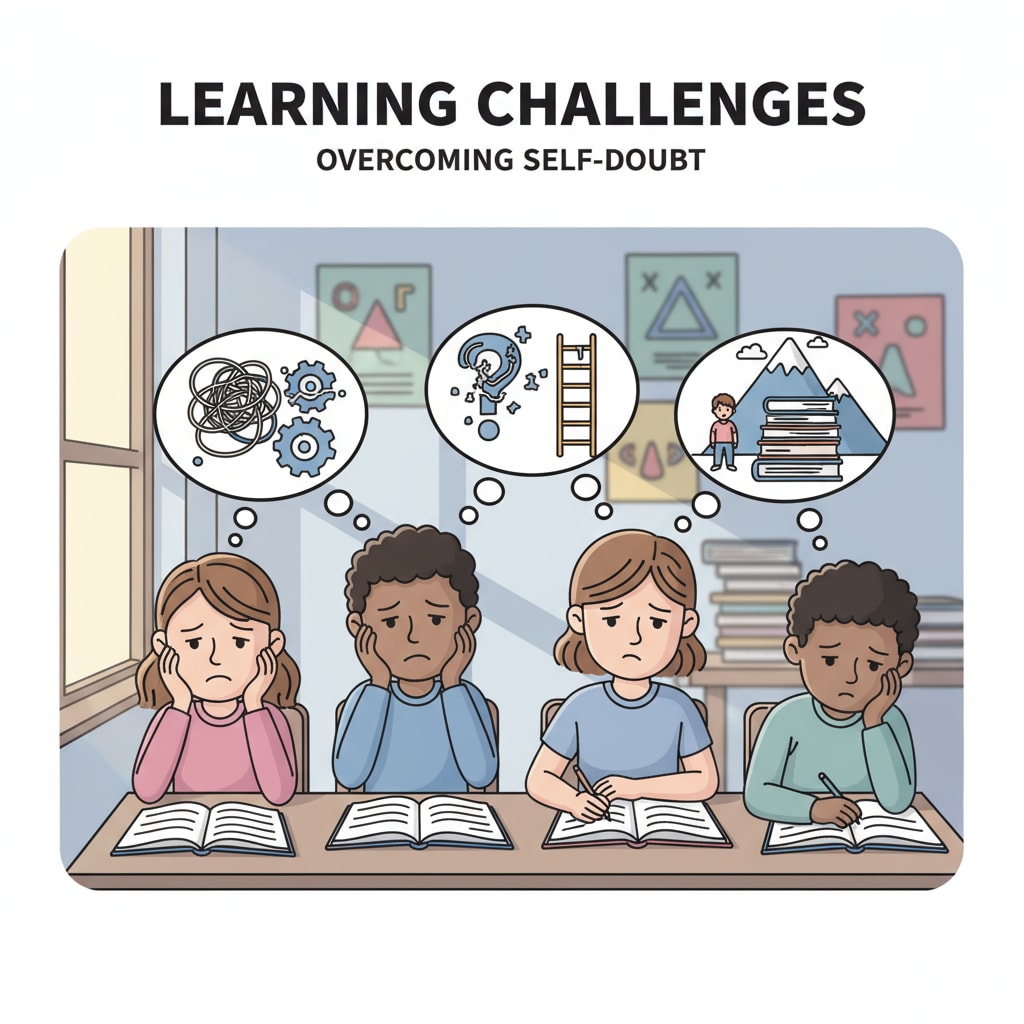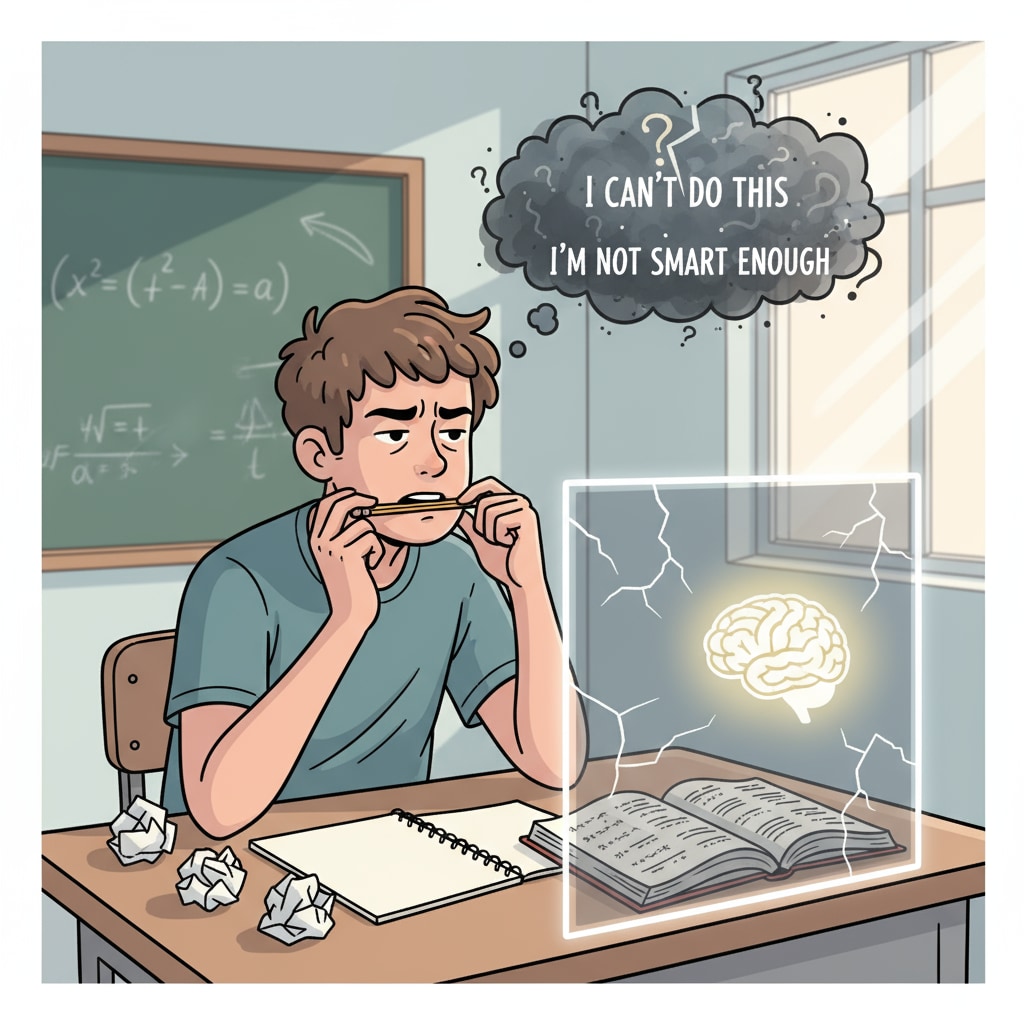Intellectual disabilities, self-doubt, and learning abilities are concerns that frequently plague K12 students. In the journey of learning, many students find themselves grappling with self-doubt, questioning their intelligence and learning capabilities. This psychological state can have a profound impact on their academic performance and overall development.

The Root Causes of Self-Doubt
There are several factors contributing to students’ self-doubt. Firstly, the pressure of high academic expectations can be overwhelming. Parents, teachers, and society often set high standards, and when students fail to meet them, they may start to doubt themselves. For example, a student who struggles to achieve top grades in a competitive class may feel inadequate. Secondly, comparisons with peers play a significant role. When students see their classmates excelling, they might think they are not smart enough. According to American Psychological Association’s research on self-esteem, social comparison is a common cause of self-doubt among children.
The Impact on Learning
Self-doubt can have detrimental effects on learning. It can lead to a lack of motivation. When students believe they are not capable, they may be less likely to put in the effort required for learning. As a result, their academic performance may decline. Additionally, self-doubt can affect concentration. Students who are constantly worried about their abilities may find it difficult to focus in class. For instance, a student who is preoccupied with self-doubt may miss important points during a lecture. Education.com’s article on self-doubt and learning also emphasizes these negative impacts.

To overcome self-doubt and build healthy learning attitudes, students can adopt several strategies. Firstly, they should focus on their progress rather than just grades. Celebrating small achievements can boost confidence. Secondly, students can develop a growth mindset. This means believing that intelligence and abilities can be improved through effort. By embracing challenges and learning from failures, students can gradually overcome self-doubt and enhance their learning abilities.
Readability guidance: In this article, we’ve used short paragraphs to clearly present ideas. For each H2 section, we provided a list of key points. The use of passive语态 is kept to a minimum, and transition words like ‘firstly’,’secondly’, ‘for example’, and ‘as a result’ are used to make the text flow smoothly. This helps students better understand the complex issues of intellectual disabilities, self-doubt, and learning abilities.


